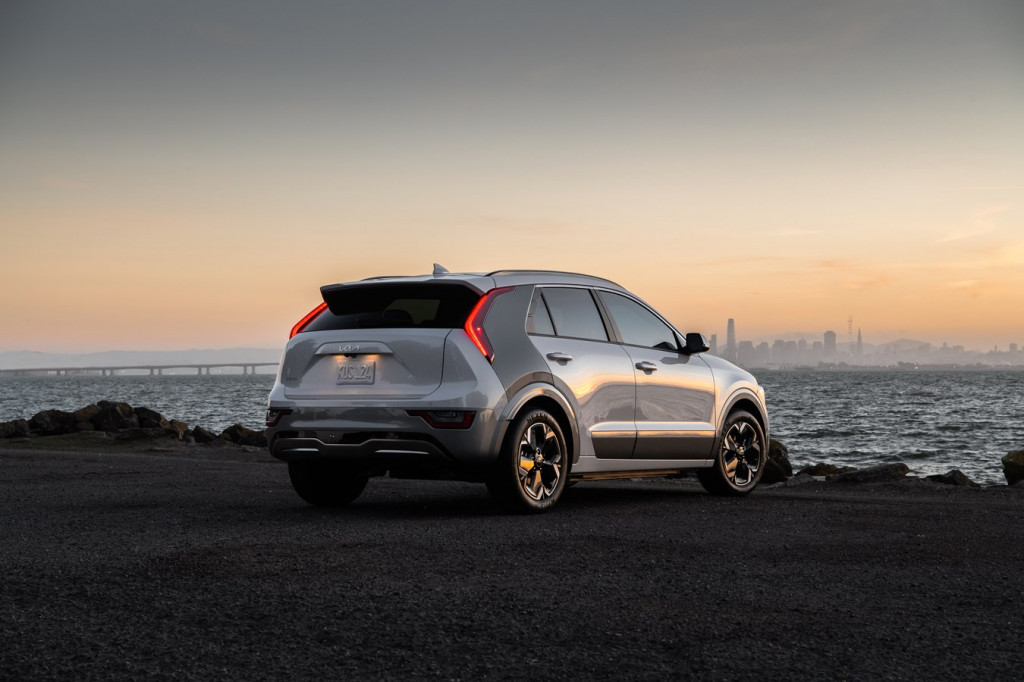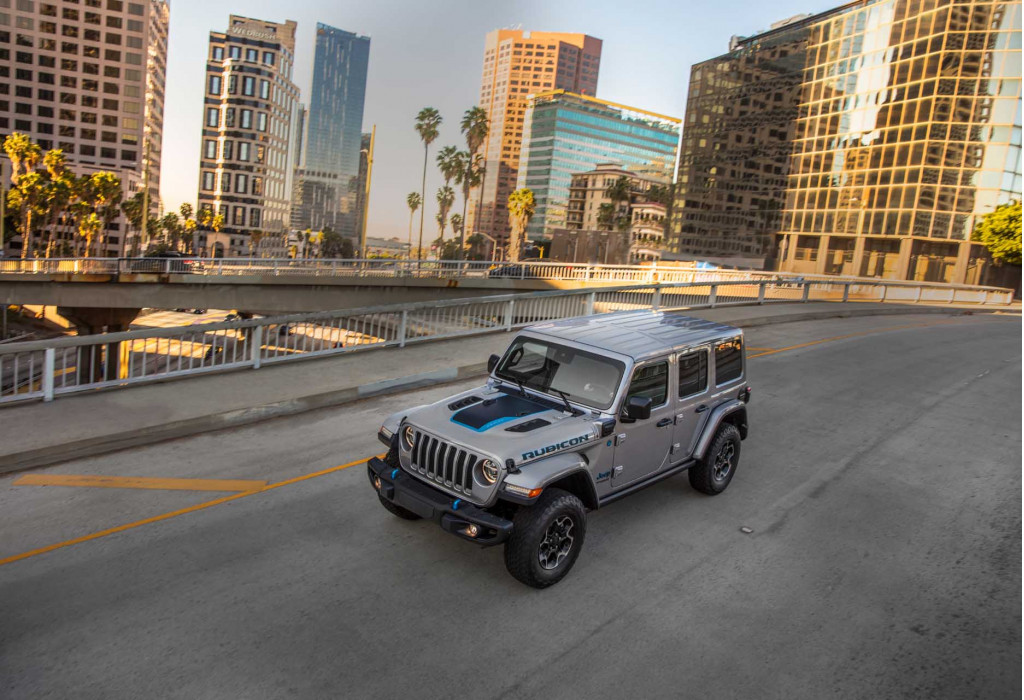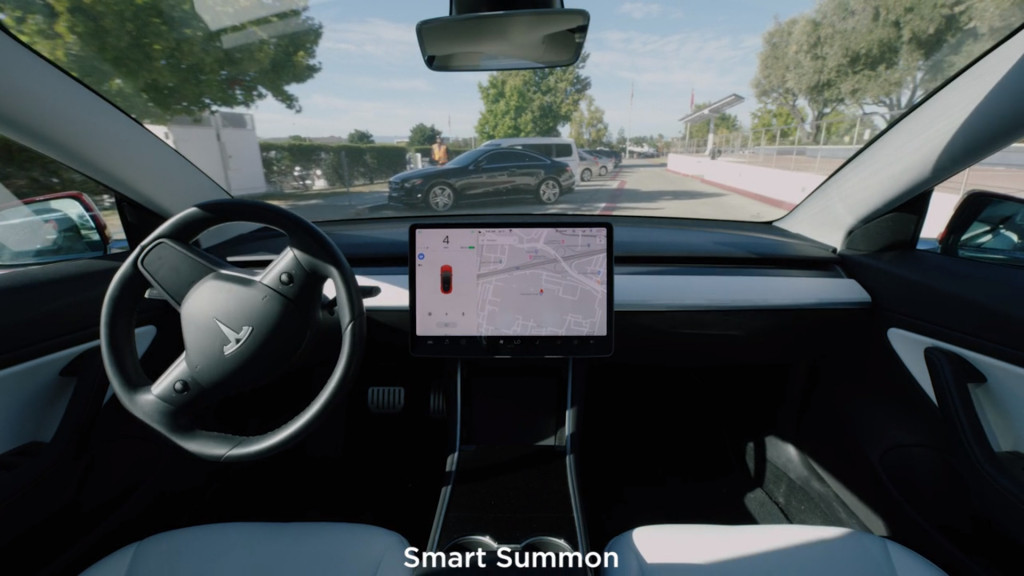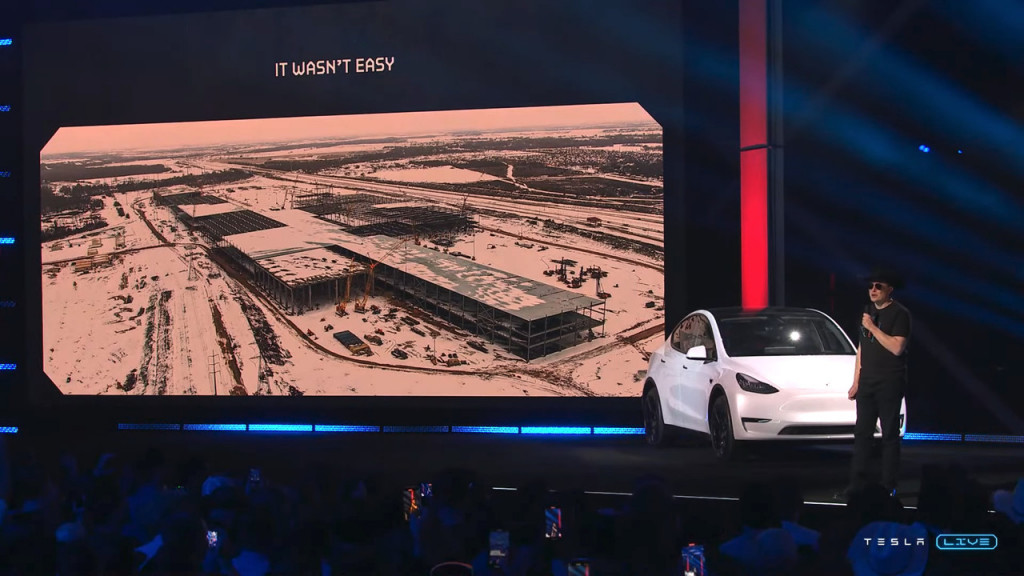Which brand teased two future electric sports cars?
Which state is planning to form EV policy around those who use a lot of gasoline?
This is our look back at the Week In Reverse—right here at Green Car Reports—for the week ending April 15, 2022.
In a first test drive review of the 2023 Toyota BZ4X, we found it to be weird yet charmingly offbeat, no performance leader but strong on efficiency. Put simply, it’s all that you might expect in an EV from the company that brought us the Prius—if only they planned to build enough of them.

2023 Kia Niro EV
Kia at the New York auto show rolled out its lineup of redesigned 2023 Niro models in U.S. form. Returning in hybrid, plug-in hybrid, and EV versions, the lineup offers more range, higher mpg, or both, depending on the version—as well as a design that yields more interior space than the current version without upsizing the exterior. It also released pricing and EPA fuel economy ratings for the 2023 Kia Sportage Hybrid. With up to 43 mpg combined and a base price of $28,545, it has multiple advantages over hybrid versions of the Ford Escape, Toyota RAV4, Honda CR-V, and Hyundai Tucson.
The 2023 Nissan Leaf, also revealed at NY, builds on the price cut and more affordable position given to the electric hatchback last year, making way for the upcoming Ariya, and simplifying the lineup to just two models. It also gets some new design details to distinguish the fresh model year.

2023 Nissan Leaf
Honda confirmed plans to drop the Insight hybrid sedan soon—to make room for the return of a Civic Hybrid, as well as other new hybrids. It’s all part of a push to make hybrids a higher percentage of the company’s U.S. sales. And earlier in the week it teased two electric sports cars, as well as a charged-up investment of more than $40 billion in R&D over the next 10 years, with 30 EVs by 2030 and a planned production of around two million annually by then.
Quicker acceleration and a new one-pedal off-road driving mode are two of the various updates given to the latest version of the Jeep Magneto electric Wrangler concept. And surprise! The top-selling plug-in hybrid in the U.S. market for the first quarter of 2022 was the Jeep Wrangler 4xe. It outsold the Toyota RAV4 Prime, or all of Volvo’s Recharge PHEVs combined, by thousands.

2021 Jeep Wrangler 4xe
Mercedes-Benz plans to make electric vans in the U.S. soon—in a format tweaked for the American-market last-mile delivery—and we recently got a ride in a prototype eSprinter. Mercedes-Benz this week also announced that it completed a 626-mile real-world road trip in its Vision EQXX concept—all on a single charge, with a battery pack of less than 100 kwh, and with about 15% remaining. Although results for this 3,850-pound concept won’t necessarily extend to future compact models, it’s a good sign.
California posted its official Advanced Clean Cars II rules, which aim to boost sales of battery electric, plug-in hybrid, and fuel-cell vehicles, combined, to 35% of new light-vehicle purchases by the 2026 model year—on the way to 100% of those vehicle types by 2035.

Tesla V10 Smart Summon
Tesla’s Boombox feature was made the subject of a federal safety recall campaign yet again. Following up on a recent recall, a second remedy sent through an over-the-update now makes sure that when owners use Summon or Smart Summon the vehicles emit federally mandated pedestrian sounds.
Washington State plans to help inform its EV policy by studying so-called gasoline “superusers”—the roughly 10% of U.S. drivers who use nearly a third of the gasoline used in light-duty vehicles.

Giga Texas opening - April 2022
And finally, something to think about: Despite supply-chain issues and materials concerns, the EV market has gained momentum, heading toward what some see as an accelerated period of major change. Will the rapid EV shift anticipated or 2025-2035 be the most transformative period in the history of the automobile?
_______________________________________
